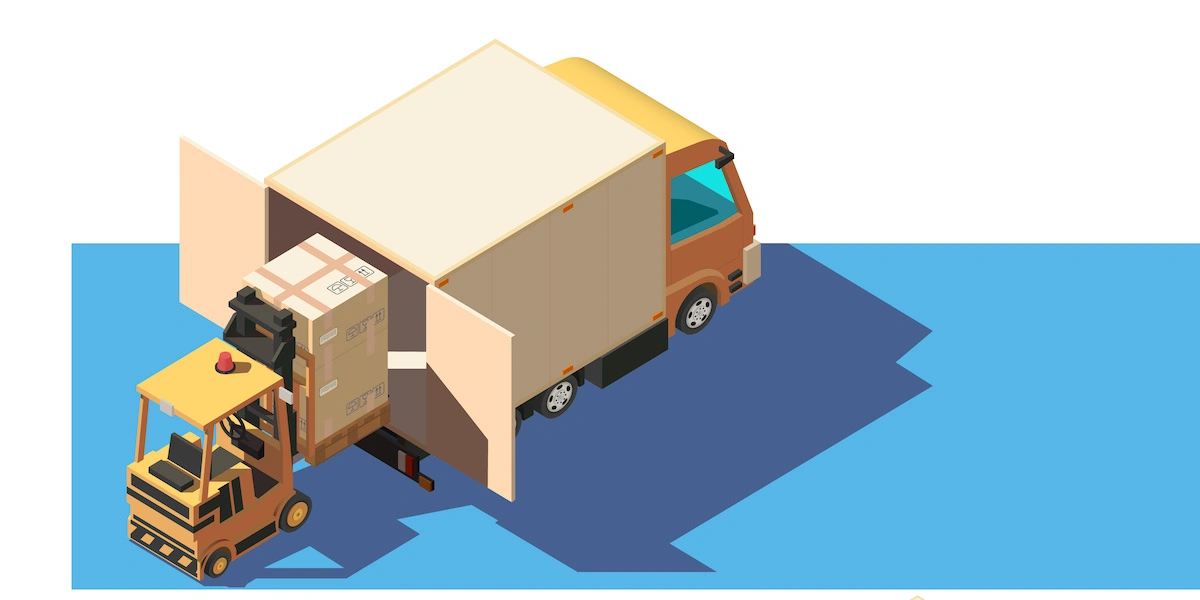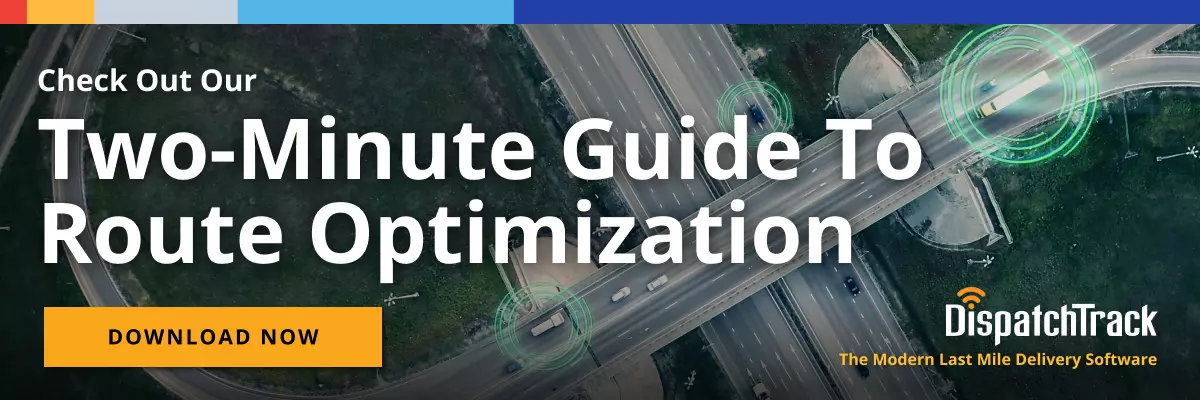Let’s imagine you’re a food distributor delivering to a number of regions. Since the last time you drew up route plans (let’s say about six months ago), you’ve added a few new clients, a few of your old clients have gone out of business, a few others have expanded, moved, or changed their weekly order volumes. You know that your roster has changed enough that your existing delivery routes aren’t maximally efficient, but you don’t immediately know how to adjust them to better suit your current business needs.

In the recent past, your only option would be to assemble your team of planners and lock them in a room for weeks or months while they carefully plotted out what-if scenarios. This tended to be a laborious, expensive, and incredibly time consuming task. Why? Because every possible new route and distribution plan has to be manually plotted out and compared to the other possibilities under consideration, which requires you to make drive time estimates for every possible point-to-point delivery, scrutinize ordering patterns to try and find the right delivery frequencies, and analyze your current delivery performance to find the areas where you’re running trucks at less than full capacity or leveraging resources unnecessarily.
Needless to say, a single blog post isn’t enough to capture all the complexities that go into this process. But since the heyday of spreadsheet-based transportation planning, a lot has changed in the technological landscape. Calculations that used to be done by hand can now be handled by software solutions, potentially speeding this process up immeasurably and helping businesses reap the rewards of smarter delivery management in much less time.
But when it comes to smoothing out and speeding up processes like these, not all fleet software solutions are created equal. If you really want to transform this process into something that drives value, you need a software solution that’s lightning fast and seriously powerful.
Why Delivery Management Needs to Move at the Speed of Business
When software providers show off the speed of their solutions, it can feel a little bit like a magic trick. Impressive, and you wonder how it’s done, but how much of an impact does it really have on your business?
But when it comes to delivery management, business moves quickly. Whether you’re trying to handle weekly fluctuations in order volumes from your biggest recurring customers, or you’re trying to offer end consumers next day delivery so you can compete with Amazon and Walmart, you’re always trying to stay one step ahead of the next day’s demand. When you can make decisions at the same rate that new information comes in, you can craft plans that keep everyone happy in a cost effective way. When your planning process is too slow, you can’t stay responsive to changing conditions.
This fact has huge implications when it comes time to license a delivery route scheduling software solution. Many solutions—particularly on-premise software deployments—are quicker than pen and ink calculations, but still frustratingly slow. You sketch out a what-if scenario to test whether you should deliver to a particular client two vs. three times each week, and the resultant plan takes hours to calculate. If you want to run a few dozen scenarios, you’re still moving more quickly than you were in the pre-digitization era, but you’re not truly agile either. Depending on the size and complexity of your operations, you might feel like it’s still too time consuming and expensive to build out new route plans and make other adjustments to your network more than a couple of times a year.
But like we saw above, your business can change a lot more quickly than that. Customer needs can evolve on a week-to-week basis—or even more frequently—as can things like driver and resources availability. The faster you can plan (i.e. the faster you can run what-if scenarios, compare potential route plans, and build out and dispatch those plans to drivers), the more effectively you can keep up with that change. The more closely you tailor your plans to actual business realities, the more cost-effective you can be while successfully serving your customers—you just a process that can keep up.
How to Speed Up Distribution Planning
To speed up planning for delivery and distribution operations, you need the right technology. What does the right technology look like? For starters, it’s fast. It should be able to process potential what-if scenarios in a matter of minutes, not hours.
We saw above why that’s so important: time spent calculating different what-if scenarios can create huge planning lead times that make agility impossible—when you cut that time down so much that it’s completely negligible, you can essentially plan on the fly. Any time there’s a major, or minor, change in your roster of clients, your order volumes, your network of distribution distribution centers, etc. you can model the potential effects and find the optimal plan.
Of course, speed is an important prerequisite, but it also isn’t everything. To really reap the rewards that we’re talking about, your technology also needs to be easy to use. If it takes a PhD to draw up a what-if scenario that actually matches your parameters and there’s only one person at the company who can do it, all the processing power in the world isn’t going to enable agile planning. Likewise, if it takes hours to to configure the what-if scenario before it runs, the process is going to be slower than ideal.
Conversely, when a planner can look at a screen and intuitively grasp what’s being presented and what steps to take to run a scenario, you can be constantly evolving your delivery plans to better match demand and market realities. The complexities required to actually make software that’s this intuitive are also too numerous for one blog post, but suffice it to say that a mix of strong UX principles and scalable SaaS architecture can decrease the hurdles that slow down planning, shorten your planning lead times, and ultimately give you the power to update your route as often as you need to to match your business needs. The result is smarter, more connected, and more cost effective distribution.
How Processing Power Impacts Deliveries on the Day
We’ve seen how speed and processing power (along with intuitive UX) actually do impact your ability to plan route and deliveries effectively. But what about route execution? Once you’ve made your plan and dispatched your drivers, does performance still have an impact?
It absolutely does.
For one thing, the faster your delivery software is, the later your cutoff time is going to be for routing and scheduling. That means that if there’s a last minute order from your biggest client, you don’t have to make the choice between disappointing a customer and holding up work for everyone in your warehouse or distribution center while you scramble to finalize a plan. Instead, you can make some quick adjustments to the plan in your software and let the power of AI and SaaS re-optimize for you.
Again, this keeps you agile and makes it easier to accommodate off-day requests. Once your trucks are on the road, speed, power, and ease of use make it that much easier for you to see what’s happening across your operations and take proactive steps to keep things on track. Rather than waiting for data to trickle in and only learning that there’s a problem after it’s too late to do anything, you can spot potential exceptions and disruptions in real time and quickly make adjustments to keep your plans on track. The result is happier customers and an improved bottom line.
Again, speed and power need to be matched by usability—otherwise all the real-time data and continuous optimization can’t be put to great use. But when you can combine those things, you can effectively blend planning and execution to create an agile, connected, and intelligent delivery program. You can continuously optimize your plans to better reflect the realities of your business, and you can be sure that you’re effectively matching up your routes to your resources and your customers’ needs. For this simple reason, speed and processing power aren’t just nice-to-haves—they’re essentials for modernizing your delivery management and staying profitable.
